-
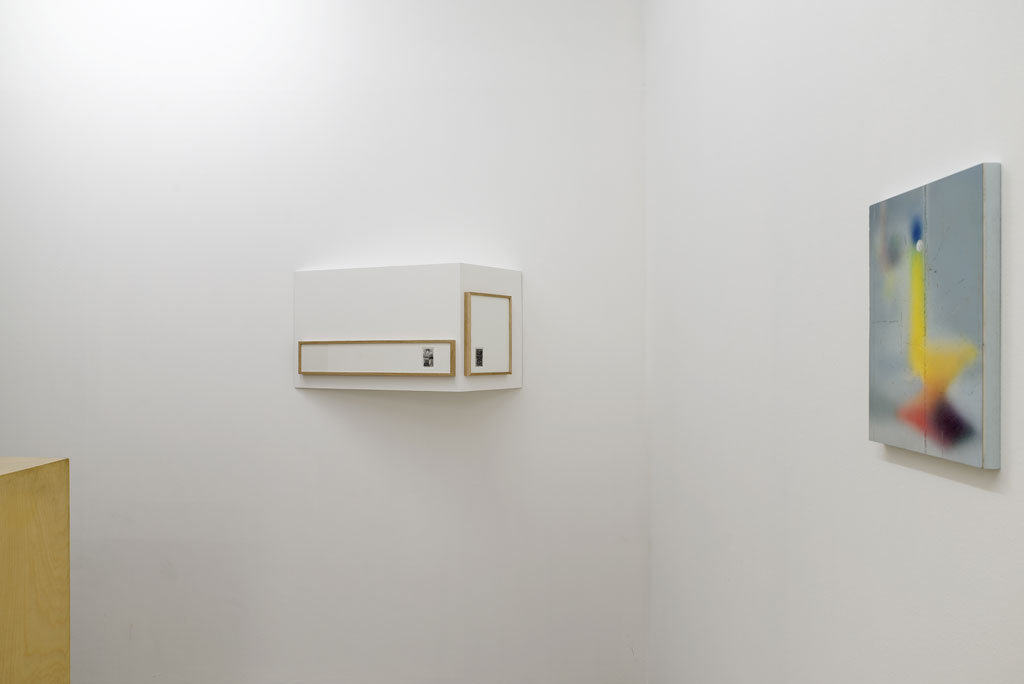 1/9
1/9
Julien Tiberi, Julien Tiberi
-
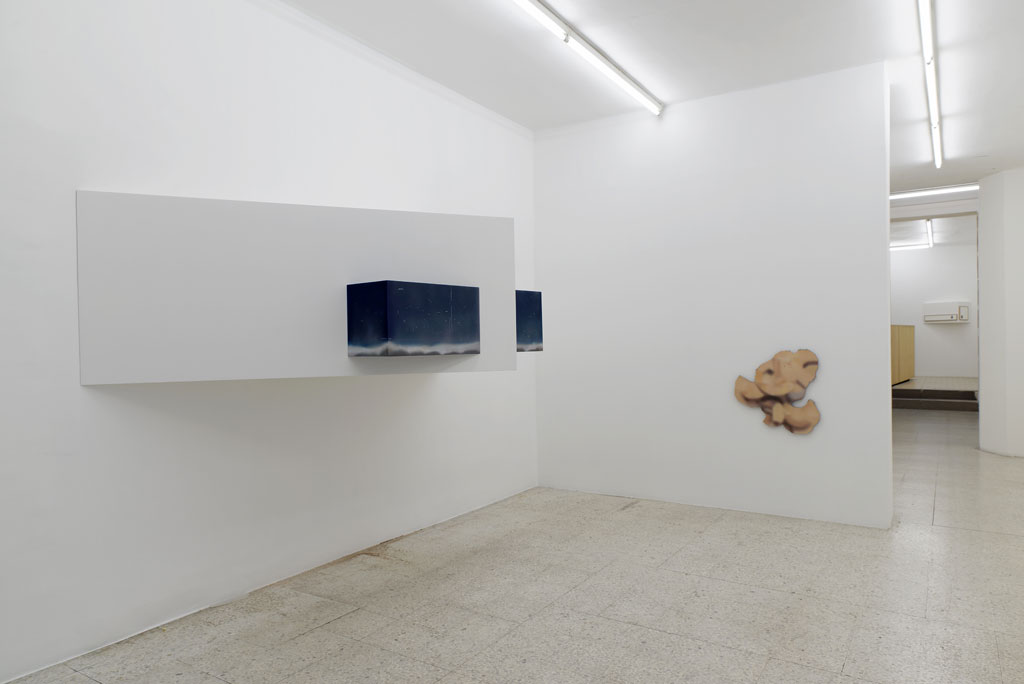 2/9
2/9
Julien Tiberi, Julien Tiberi
-
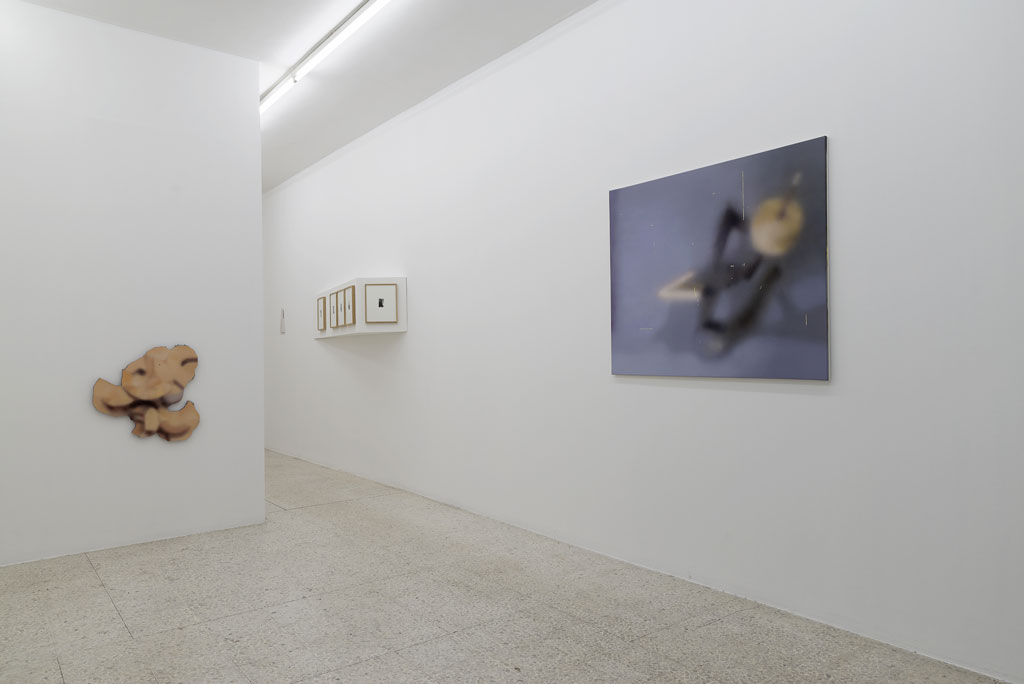 3/9
3/9
Julien Tiberi, Julien Tiberi
-
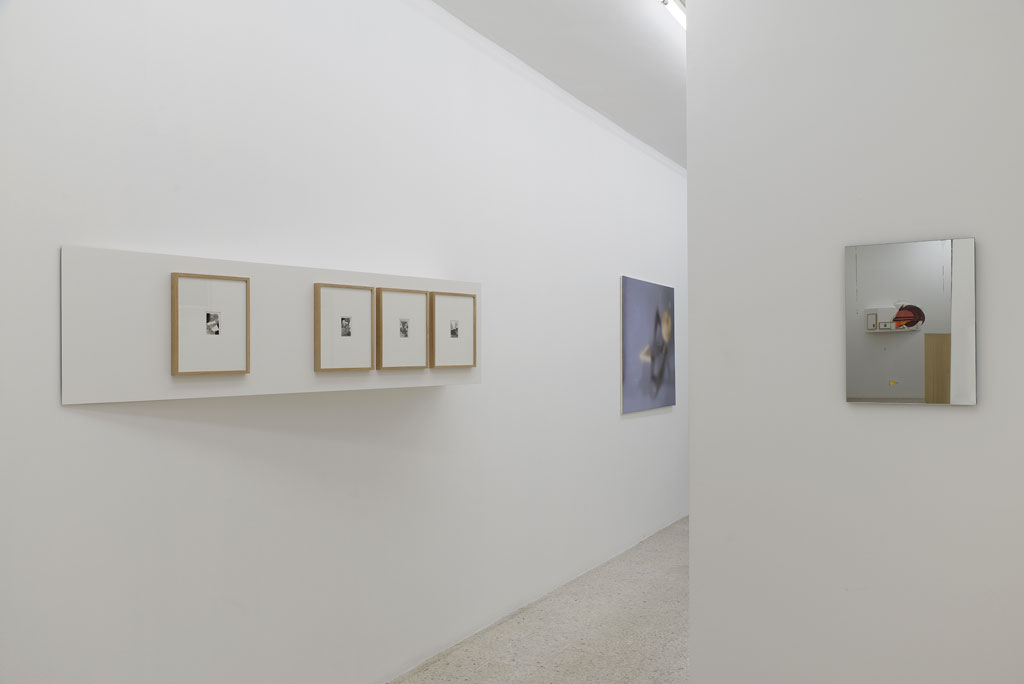 4/9
4/9
Julien Tiberi, Julien Tiberi
-
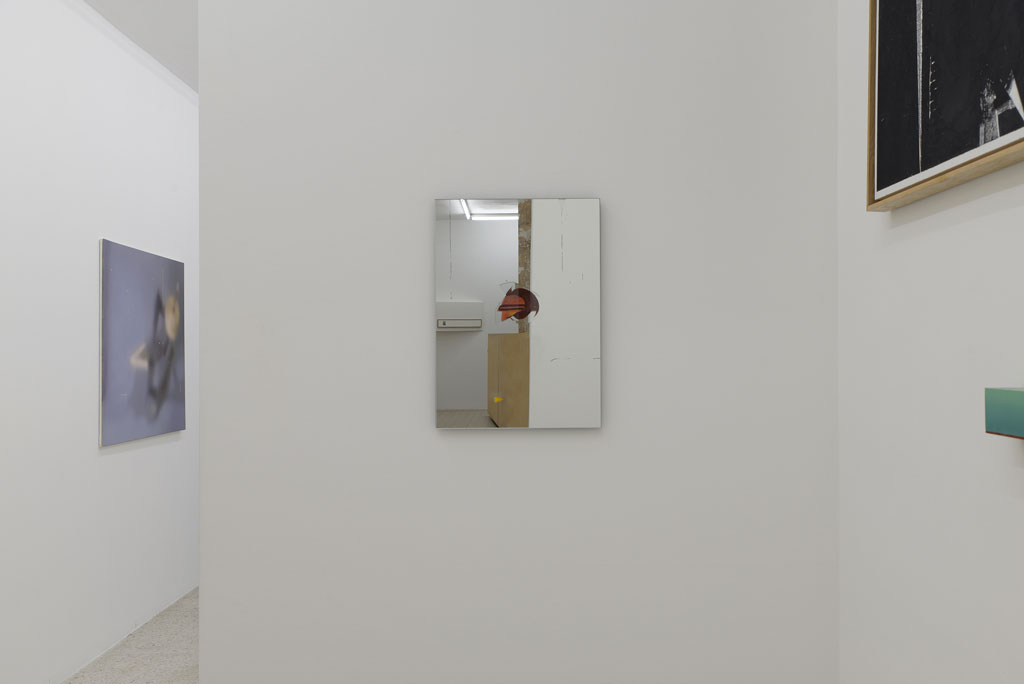 5/9
5/9
Julien Tiberi, Julien Tiberi
-
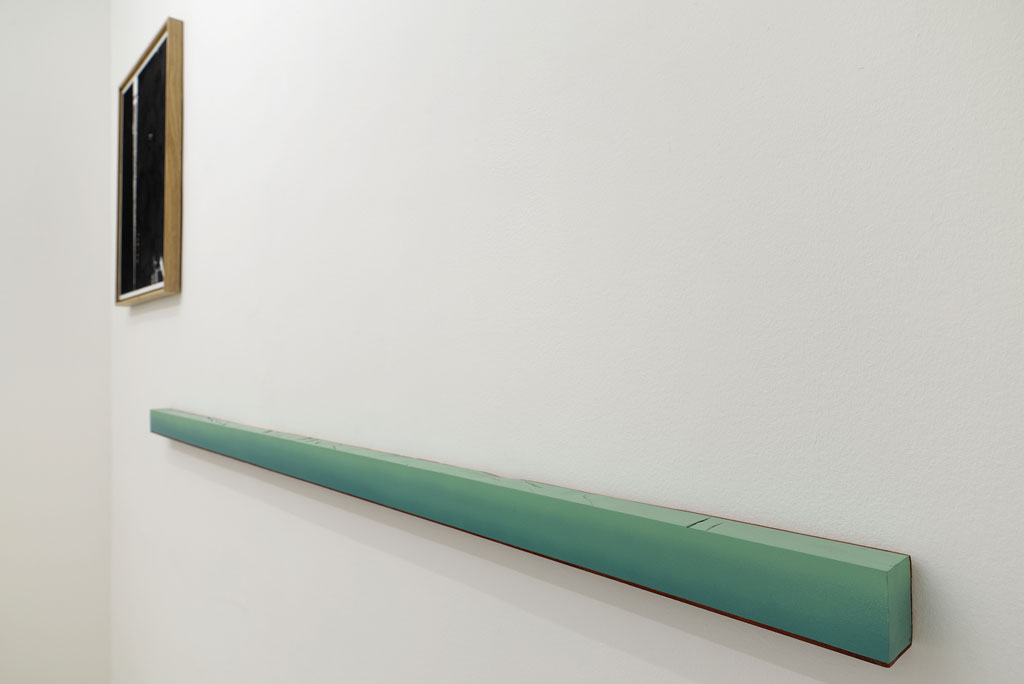 6/9
6/9
Julien Tiberi, Julien Tiberi
-
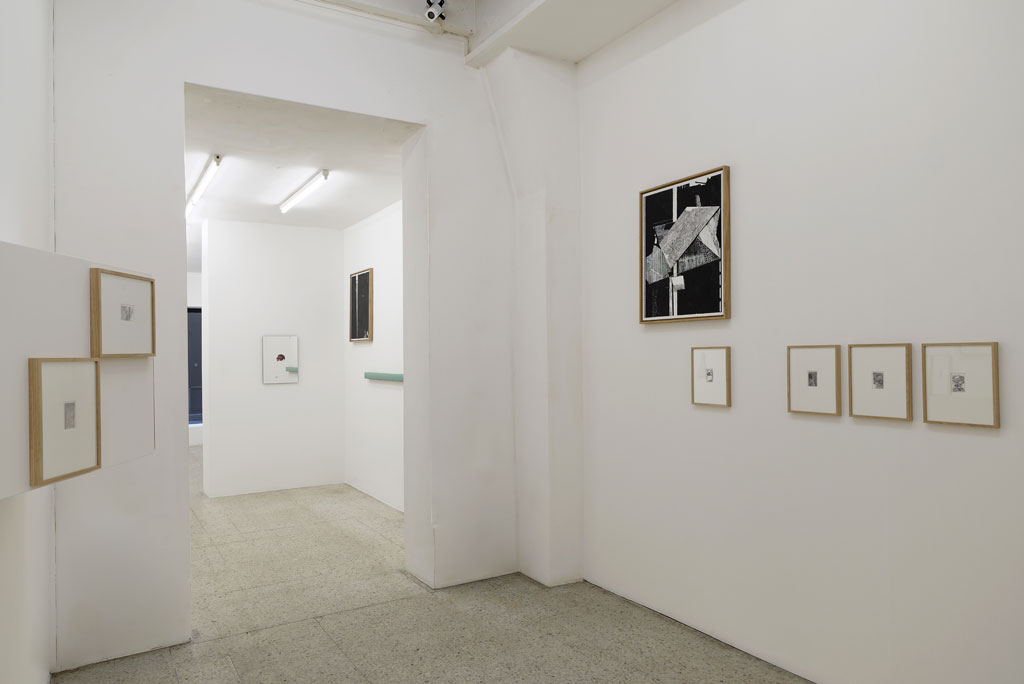 7/9
7/9
Julien Tiberi, Julien Tiberi
-
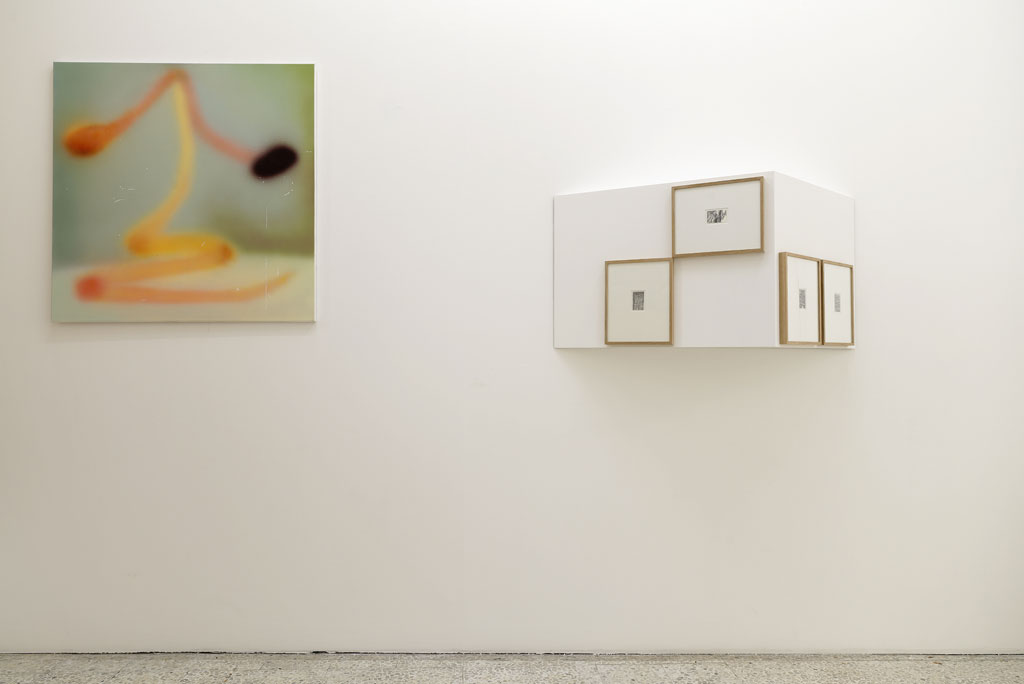 8/9
8/9
Julien Tiberi, Julien Tiberi
-
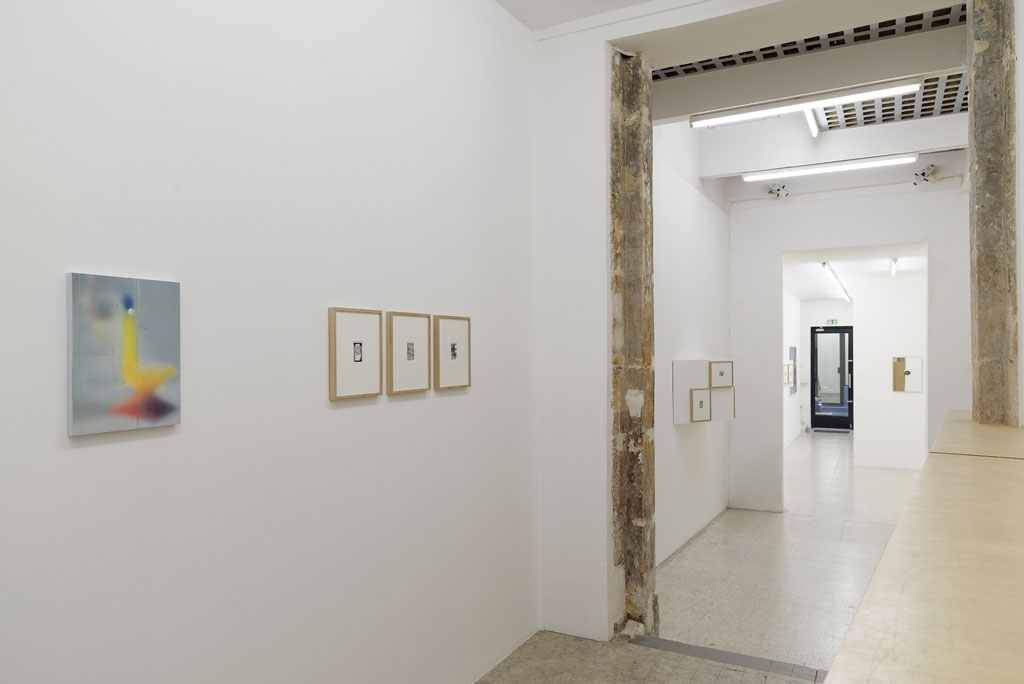 9/9
9/9
Julien Tiberi, Julien Tiberi
Antithesis had a rhetorical function at a time when dialectics still sought out the truth. Now we need seek no further. Scratching ones chin, asking oneself precisely where Julien Tiberi is headed as he presents, two years apart, two exhibitions at the Semiose Gallery, which are so incredibly dissimilar, would only serve to deprive oneself of the delectable pleasure of witnessing the hidden image appear by surprise from the negative of the drawing. This is not just a stylistic device – moreover, lets leave the subject of style to one side as it would only direct us towards the tired old question of authenticity – it’s more like a dance move, a complex piece of footwork, sidestepping interspace, the fusion of body against body.
How can one exhibition be the inverse of another, when one is also the other, inside out is outside in, and the wrong notes ring true? Let’s suppose that that’s the way it is and the artist, in a moment of bi-polarity turned both his work and his methodology upside-down in search of otherness and not in order to deflect expectations – this is merely a side–effect – perhaps in search of the self.
So what do we find? Colours that were hidden by black and white, abstraction gaining on the figurative, form taking precedence over symbolism and materials over representation, the aerosol spray in rebellion against the pen. And furthermore, the awakening of fauna and the carnal body, liberated from cultivated tales, the power of reminiscence clouding the original citations.
Yet make no mistake, this letting go is incredulous, the body language disquieted. Each image has its origins and the essentiality is always exterior (Moreover, in Julien Tiberi’s work, the lines are at their most liberated when he is waiting to go and rehearse with his groups, spontaneity so soon overtaken by an exercise in patience). The excessivly controlled strokes leave no room for even a square millimetre to be left to chance. Thus the sections and blind spots are carefully worked along with all the other facets of the illusion; even what appears to be a smudge is in reality a consenting line, which brings the technique of drawing to the surface of the painting, whilst reminding us that it is the common denominator of his oeuvre. The cross-hatched strokes, which attempted to “cross out the pretext of drawing” in l’Histoire Veritable (2009), to shut out the narrative; no longer have anything to say, but lent a harder aspect, engrave, sculpt, interfere with the frequencies, eliminate… The drawing does not tell a tale. Instead it capturesthe passing of time like a film (Sketches et autres espèces de nuances) or in the same way as a fossil captures a fleeting apparition (Capuccino). The passsage of time is not discussed but rather distilled into the present. The present of a unique performance, face to face - bringing about, as is often the case, a sidelong approach – with the oeuvre in multiple fragments of otherness, which in there turn imperceptible adapt their game to ring out in (dis)harmony.
Julie Portier